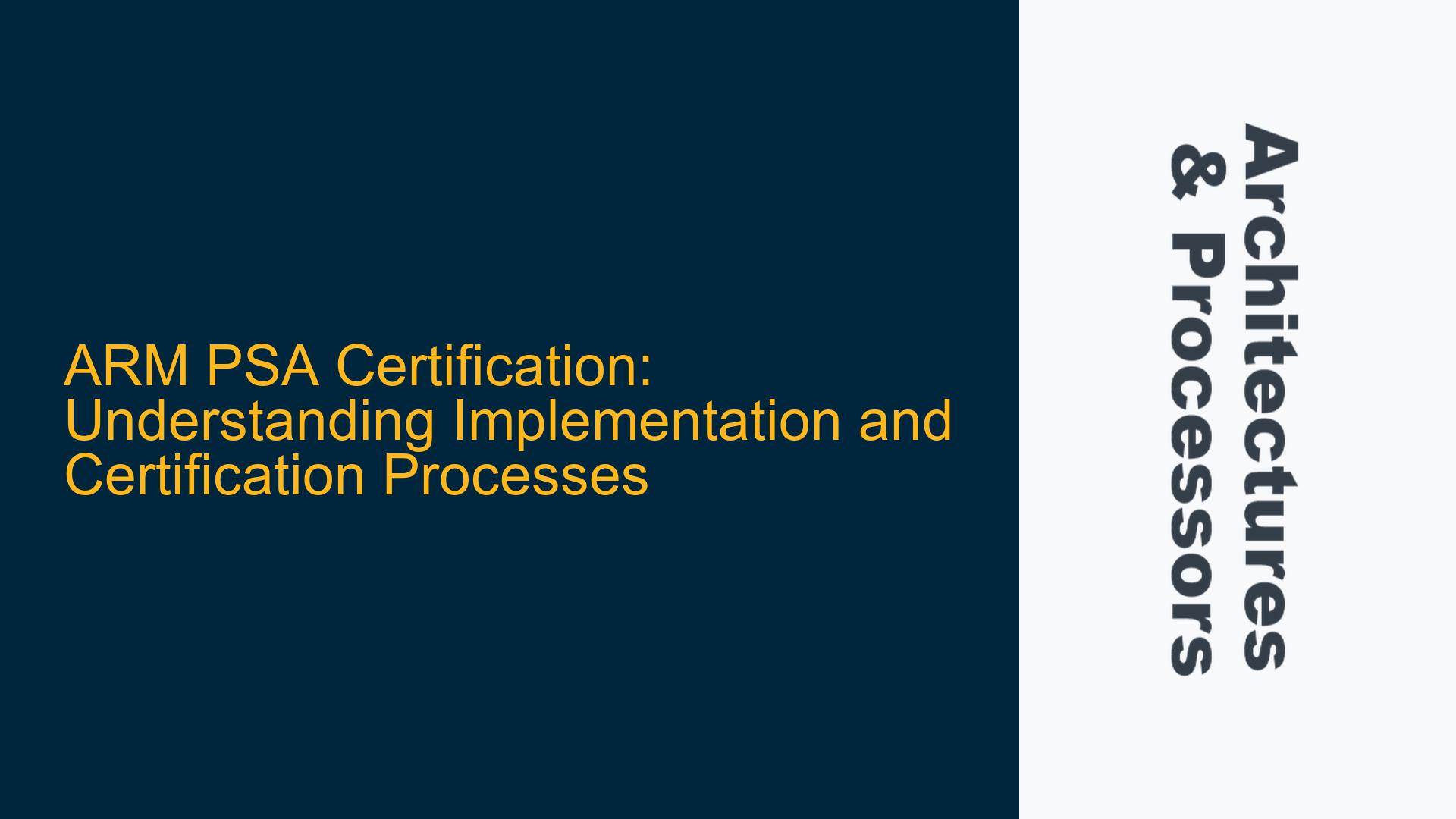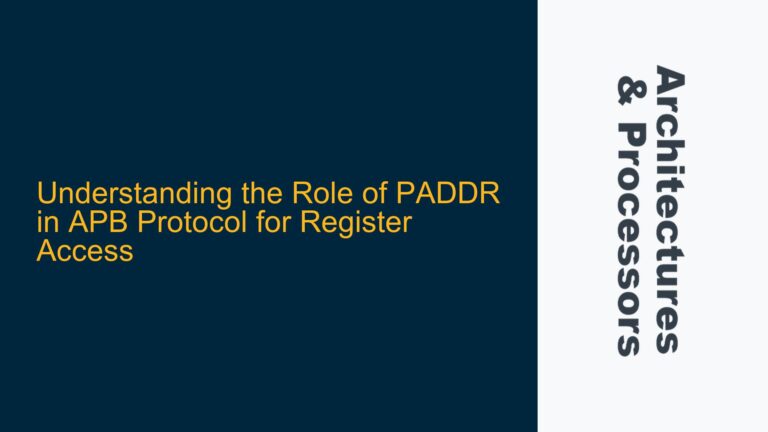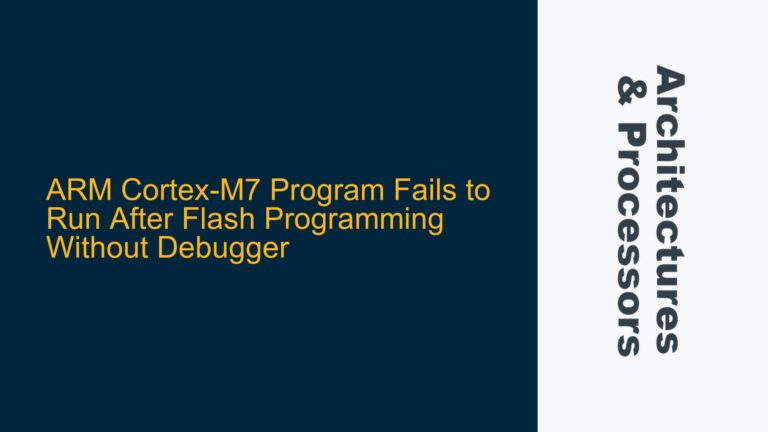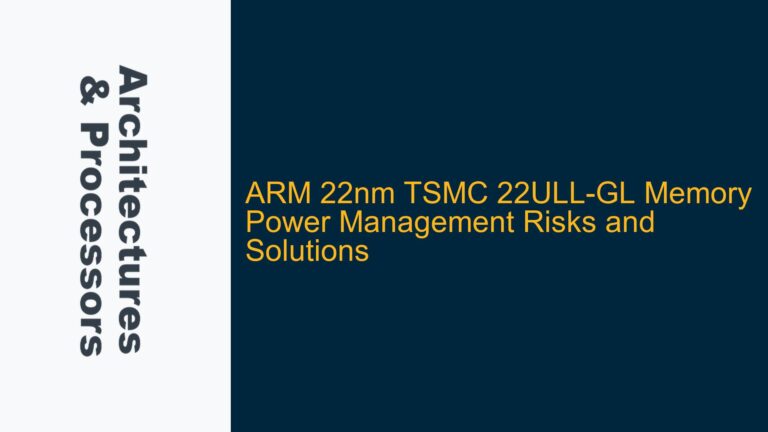ARM PSA Certification and Its Role in IoT Security
The Platform Security Architecture (PSA) is a critical framework developed by Arm to address the growing security challenges in the Internet of Things (IoT) ecosystem. PSA provides a structured approach to designing, implementing, and certifying secure devices, ensuring that they meet stringent security requirements. The certification process is managed by an independent body known as PSA Certified, which collaborates with globally recognized test labs to validate the security implementations of various System-on-Chip (SoC) platforms. This certification is essential for ensuring that devices are resilient against a wide range of security threats, from physical attacks to software vulnerabilities.
PSA is built around four key stages: Analyze, Architect, Implement, and Certify. Each stage plays a vital role in ensuring that security is integrated into the device lifecycle from the ground up. The Analyze stage involves identifying potential threats and defining security requirements. The Architect stage focuses on designing a secure system architecture that addresses these requirements. The Implement stage involves the actual development of the hardware and software components, ensuring that they adhere to the defined security architecture. Finally, the Certify stage involves rigorous testing and validation to ensure that the implemented security measures meet the required standards.
The certification process is not just a formality; it is a comprehensive evaluation that covers various aspects of the device’s security. This includes the hardware, firmware, and software components, as well as the interactions between them. The goal is to ensure that the device can withstand real-world attacks and provide a secure environment for the applications running on it. PSA Certified provides a list of products that have successfully undergone this certification process, offering a reliable reference for developers and organizations looking to build secure IoT devices.
Challenges in PSA Implementation and Certification
While the PSA framework provides a robust foundation for building secure devices, there are several challenges that developers may face during the implementation and certification process. One of the primary challenges is ensuring that the security architecture is correctly implemented across all layers of the system. This requires a deep understanding of both the hardware and software components, as well as the interactions between them. Any oversight in the implementation can lead to vulnerabilities that could be exploited by attackers.
Another challenge is the complexity of the certification process itself. The certification process involves a series of rigorous tests that evaluate the device’s ability to withstand various types of attacks. These tests are designed to be comprehensive, covering everything from physical attacks to software vulnerabilities. However, this also means that the certification process can be time-consuming and resource-intensive. Developers need to ensure that their devices are thoroughly tested and that any issues identified during the testing process are promptly addressed.
Additionally, the certification process requires a high level of collaboration between the developers and the certification body. This includes providing detailed documentation of the security architecture, as well as access to the device for testing purposes. Ensuring that all the necessary documentation is in place and that the device is ready for testing can be a significant challenge, especially for smaller development teams with limited resources.
Best Practices for Successful PSA Implementation and Certification
To successfully navigate the challenges of PSA implementation and certification, developers should adopt a structured approach that covers all aspects of the device lifecycle. This includes conducting a thorough threat analysis during the Analyze stage, designing a robust security architecture during the Architect stage, and ensuring that the implementation adheres to the defined security requirements. Additionally, developers should be prepared for the certification process by ensuring that all necessary documentation is in place and that the device is thoroughly tested.
One of the key best practices is to involve security experts early in the development process. This ensures that security considerations are integrated into the design from the beginning, reducing the risk of vulnerabilities being introduced later in the development process. Security experts can also provide valuable guidance on the certification process, helping to ensure that the device meets the required standards.
Another best practice is to use tools and resources provided by Arm and PSA Certified. These resources can help streamline the development and certification process, providing guidance on best practices and helping to identify potential issues early in the development process. For example, Arm provides a range of tools and libraries that can be used to implement secure boot, secure firmware updates, and other critical security features.
Finally, developers should be prepared to iterate on their design and implementation based on feedback from the certification process. This may involve making changes to the hardware or software components, or revising the security architecture to address any issues identified during testing. By adopting a proactive approach to the certification process, developers can ensure that their devices meet the required security standards and are ready for deployment in the field.
In conclusion, the PSA certification process is a critical step in ensuring the security of IoT devices. By understanding the challenges involved and adopting best practices for implementation and certification, developers can build secure devices that meet the stringent requirements of the PSA framework. This not only helps to protect against a wide range of security threats but also provides a competitive advantage in the rapidly evolving IoT market.






